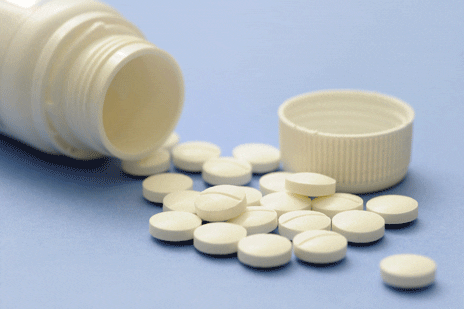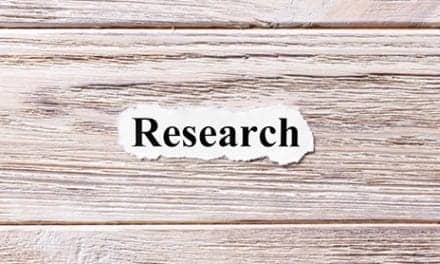A new study may be opening the door to the possibility of someday developing drugs that mimic the benefits of exercise.
The study, performed by researchers at the University of Sydney in collaboration with researchers from the University of Copenhagen in Denmark, analyzed human skeletal muscle biopsies from four males following 10 minutes of high-intensity exercise.
Using mass spectrometry to study a process called protein phosphorylation, the researchers found that the short, high-intensity exercise triggers more than 1,000 molecular changes in the muscles during exercise, according to a media release from the University of Sydney.
This study, published recently in Cell Metabolism, is reportedly the world’s first comprehensive exercise blueprint, per the release.
“Exercise is the most powerful therapy for many human diseases, including type 2 diabetes, cardiovascular disease, and neurological disorders,” says the study’s lead researcher, David James, FAA, the Leonard P. Ullmann Chair of Metabolic Systems at the Charles Perkins Centre at the University of Sydney, in the release.
“However, for many people, exercise isn’t a viable treatment option. This means it is essential we find ways of developing drugs that mimic the benefits of exercise,” he adds.
The study’s co-author, Nolan Hoffman, PhD, from the Charles Perkins Centre and Faculty of Science at the University of Sydney, states in the release that the exercise blueprint that has been developed to map exactly what happens to the muscles during exercise is “a major breakthrough, as it allows scientists to use this information to design a drug that mimics the true beneficial changes caused by exercise.”
James notes in the release that most traditional drugs target individual molecules.
However, he continues, “With this exercise blueprint, we have proven that any drug that mimics exercise will need to target multiple molecules and possibly even pathways, which are a combination of molecules working together.”
“We believe this is the key to unlocking the riddle of drug treatments to mimic exercise,” he explains in the release.
[Source(s): University of Sydney, Science Daily]





